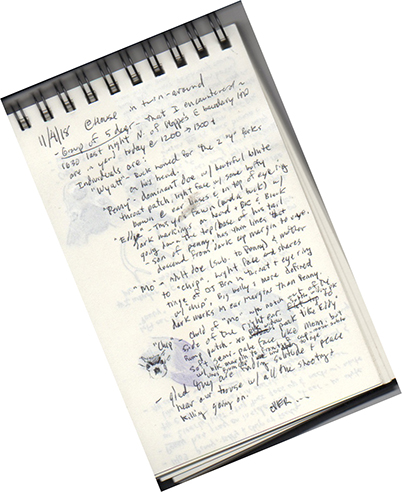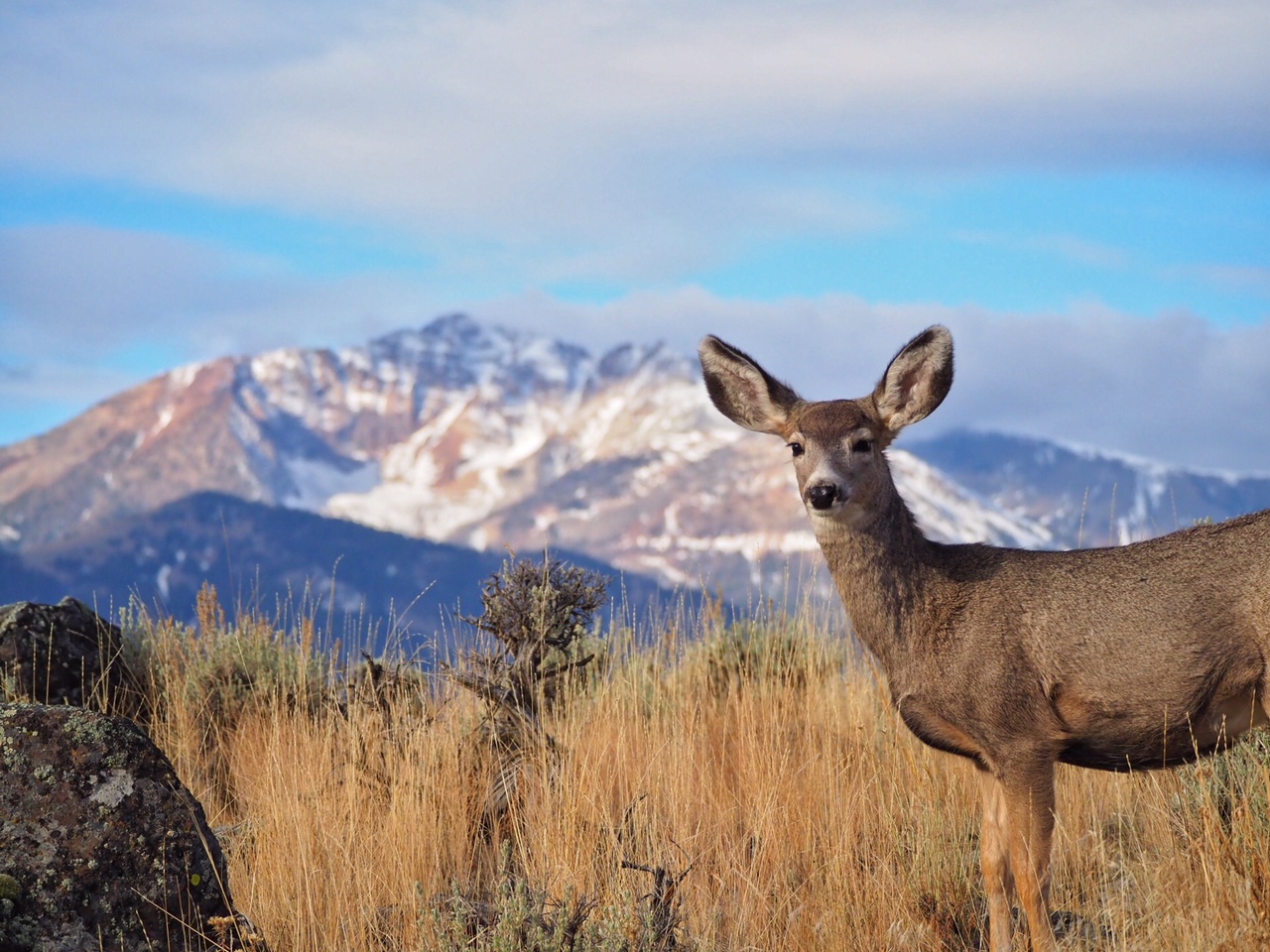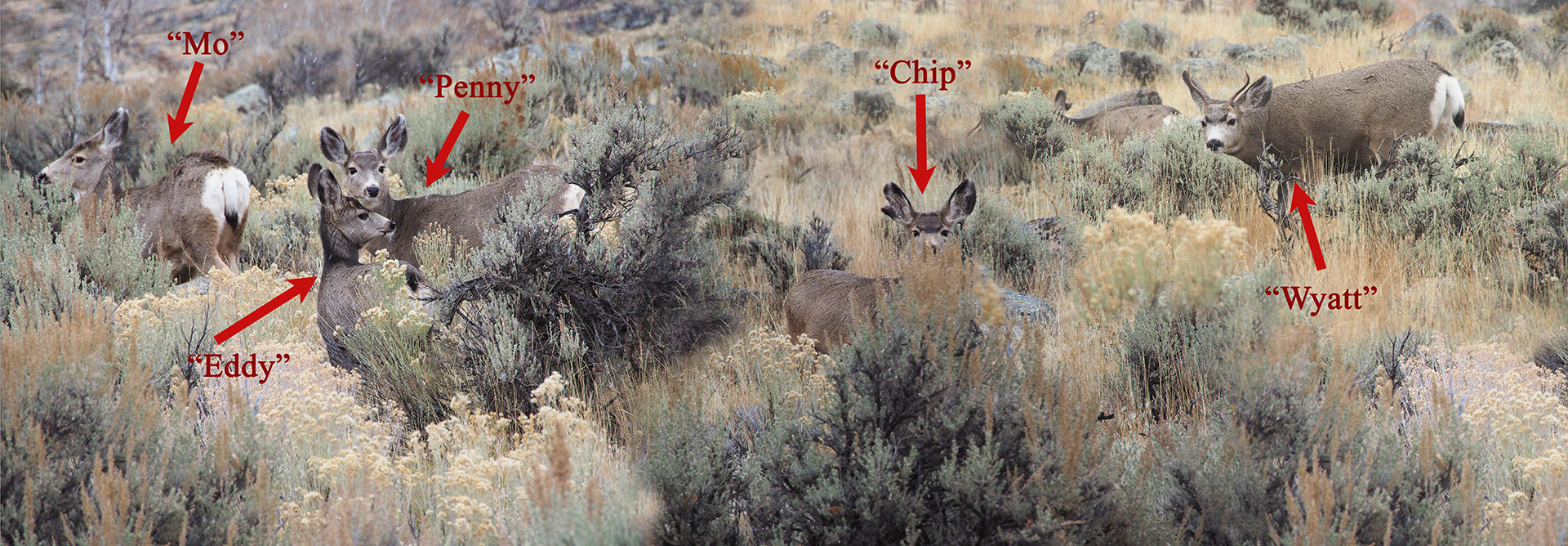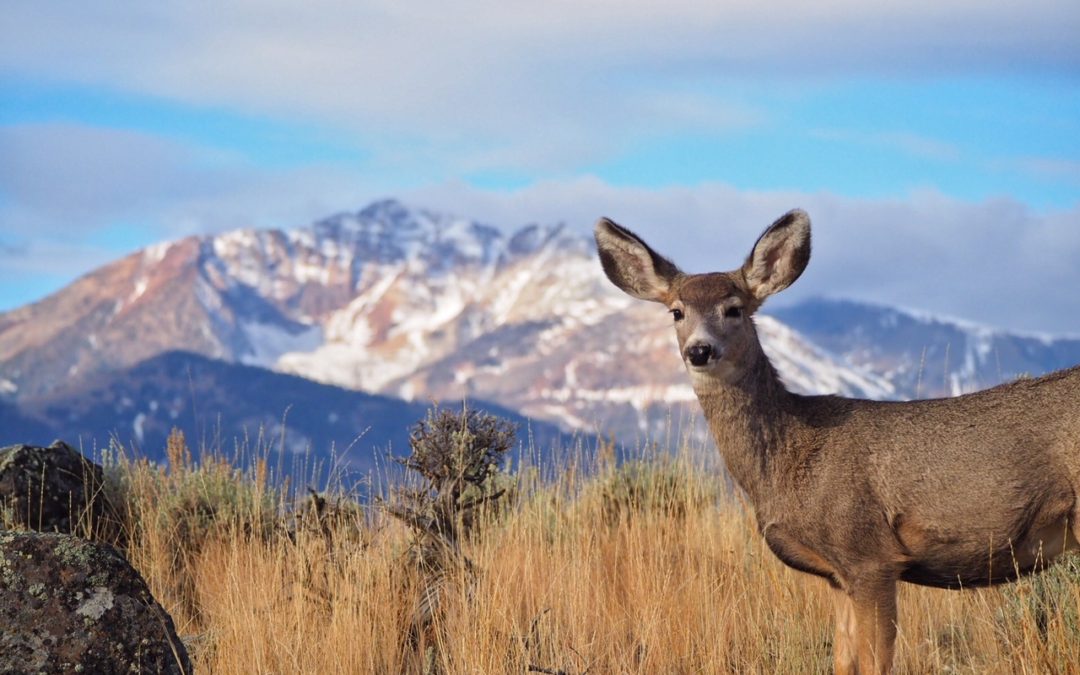Do you know your neighbors? I mean, really know them? I’m not talking about the human ones…
Your wildlife neighbors know YOU…
You are surrounded on a daily basis by many animals that know you personally—they differentiate you from your spouse, your kids, your friends and loved ones and behave accordingly. You might be the one who fills the bird feeder (while your roommate could care less), they might know you as the one that talks to them (versus the neighbor kid who throws rocks at them), or maybe you are the one who hikes frighteningly fast (from their perspective, not yours) and flushes all of the animals away on your morning “strolls”. They recognize YOU and make life choices about their day based on what mood you are in, what you are doing and when you do it.
There is a growing body of scientific evidence that animals from octopus, chickadees, and pigeons to deer, elk and elephants recognize we humans as individuals and can even go so far as to identify our tribal affiliations, gender and age from just our voices alone (read this example with the wild elephants of Amboseli Park, Kenya). Untrained pigeons on the streets of Paris, that ubiquitous common rock dove—Columba livia—are capable of recognizing individual humans and are not fooled even when you change your clothes! Those with pets are well aware of the fact that our domestic animals respond differently to different people. Is it you approaching the front door or a stranger? Does your dog has a different bark for your friend who puppy sits versus the UPS guy? And who’s lap does the cat insist on getting into? The person who doesn’t like cats. Take a closer at your backyard squirrels and house sparrows along your walk to work; they know you, maybe it’s time to get to know them.


How to join the conversation…
“Why, would I want to get chummy with my local rodents,” you might say? For one, they know the environs around your home better than you do—by a long shot. Because their very survival hinges upon what goes on in your area of town, your street, your yard, it makes sense that they are attuned to the most minute ebb and flow of daily life. Moreover, they are tuned in to their surroundings in a way that you are not, or can never be (by virtue of their superior hearing, sense of smell, etc). Is there a hawk in the neighborhood? Is the neighbor’s dog loose and terrorizing the beach again? Is a stranger approaching your house from the back door? Secondly, your very safety could depend on tapping into the wisdom and information that these wild individuals possess. Living on the edge of Yellowstone Park, we have been alerted to the presence of a wolf, a grizzly bear or a soaring eagle by what our non-human neighbors tell us.
This is not magic, nor is it something special that only ‘dyed in the wool’ nature lovers can participate in—you can too. Once you pay attention enough to start telling one squirrel from another, one robin from another, you simultaneously become attuned to what makes them tick; what things cause them to run away, turn their heads, voice an alarm. From there, you gain entry into an exclusive club (not exclusive really… everyone outside of us is already tuned in–we humans are the clueless ones…). It’s stunning what you can learn.
“So how do I start,” you may be asking? It’s easy—start observing, if only for a minute or two each day. Count how many different birds you see on the way to get the mail, make a mental note of the interactions the two deer in your hay field have each night, watch what happens when a feral cat walks into the hedgerow along the city park. Just paying attention is the first step; then start making notes, mental or otherwise. Before you know it, you will be seeing the invisible, knowing the unknowable and you will be a part of conversation as old as time.

Sleuthing out the identities of a group of mule deer, like these in our back yard, can be challenging. But with a little time and attention, meeting your neighbors for the first time can open up a whole new world. Look for the upcoming “Mule Deer Key” to test your skills and see if you can tell “Eddy” from “Chip” or “Penny” from “Mo”.
What have you discovered about your wildlife neighbors? Drop on over to our Facebook page and let us know!
Further reading: Using Animal Language to Find Bears and Wolves in Yellowstone, and A Little Bird Told Me.
Top photo: Jenny Golding. Other photos and sketches: George Bumann.

